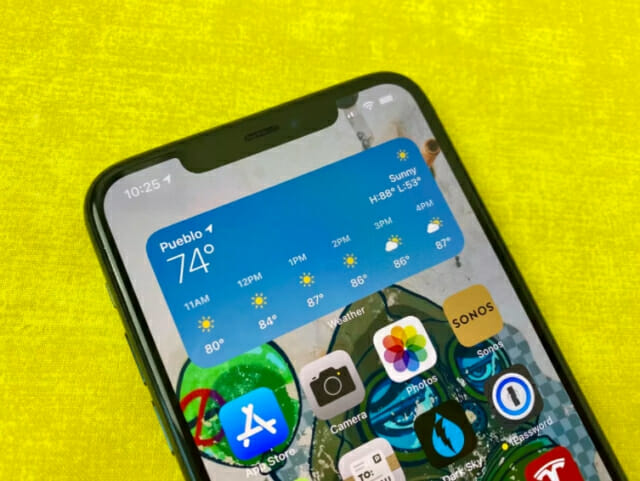
The Wall Street Journal (WSJ) recently reported that Apple will revive the Touch ID function by adopting display fingerprint recognition technology in the iPhone 13.
According to media reports, this feature will be used as a secondary biometrics tool along with Apple’s Face ID.
Earlier, trusted sources such as Apple analyst Ming Chi Guo and Bloomberg Mark German reporter have said that Apple is considering introducing Touch ID in displays to the iPhone 13.
■ “Adopting more accurate optical sensor than ultrasonic sensor”
Face ID, a facial recognition technology first applied in iPhone X, is a differentiated feature from competitors, but its use is limited compared to Touch ID. In particular, in the current Corona 19 situation, many people are wearing masks, which is inconvenient because they have to take off their masks or press a password to unlock them.

WSJ reporter Joanna Stern said he heard from a former Apple employee that Apple is using an optical sensor that is more accurate than an ultrasonic-based fingerprint sensor.
Optical display fingerprint recognition sensor is a method of obtaining a fingerprint image by measuring the degree of reflection of light according to the curve of the fingerprint surface using light. The optical sensor has excellent durability, but its recognition rate is low because it uses 2D images.
The ultrasonic display fingerprint recognition sensor is a new technology that uses small sound waves to create a 3D map of the finger print and collects the curves of the fingerprint surface. It works better when your fingers are wet, and accuracy and durability are strong points, but price and yield were pointed out as disadvantages.
The Touch ID sensor adopted by Apple in the iPhone, iPad, and Mac is known to have high accuracy as a technology that acquires a fingerprint image by measuring the difference in capacitance value according to the curvature of the fingerprint surface.
■ McRumus “It will be in the form of combining optical and electrostatic”
It’s worth noting that an optical hybrid sensor exists, but if Apple uses an optical display fingerprint sensor, there are concerns that Touch ID may not be as secure as some of the optical sensors used on some Android phones.
However, WSJ said in a source that the solution Apple has decided to adopt should meet the current security standards for the TouchID home button, so the functionality will not suffer.
IT media McRumers predicted that if Apple uses the technology, it will provide a form of combining an optical sensor with the advantage of quick recognition and a capacitive sensor with high security.
Related Articles

Apple to apply optical fingerprint recognition function to’iPhone 13′?

“IPhone 13 supports faster Wi-Fi 6E”

“IPhone 13 reduces notches and increases image sensor”

Apple is compelled to make Apple Cars

WSJ said that Apple is researching optical sensors, but analyst Ming Chi Guo in the past said, “The iPhone 2021 model will be equipped with Face ID and next-generation Touch ID.” It is predicted that fingerprint recognition technology will be installed.
Regardless of which sensor it adopts, foreign media commented that it would be welcome for Apple to reimplement Touch ID on the iPhone so that it can unlock the iPhone in various situations.
